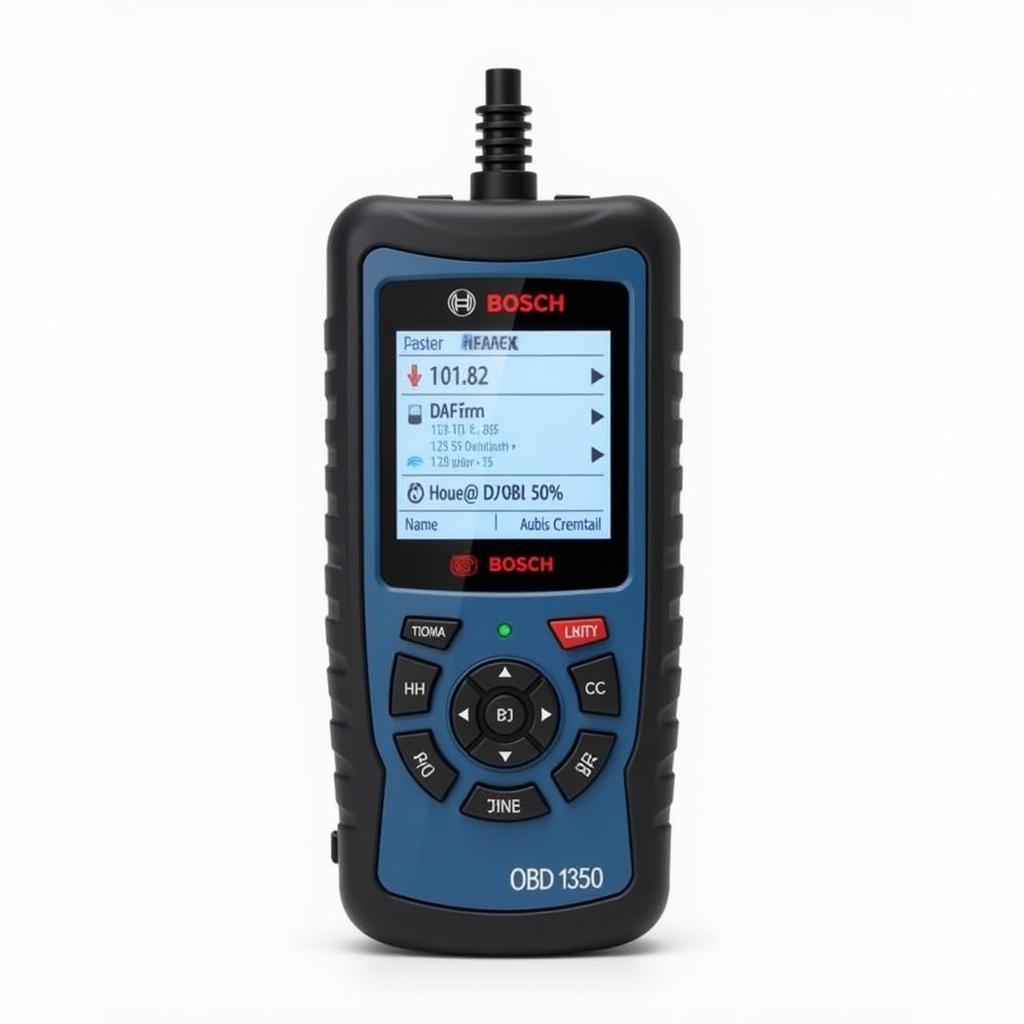Understanding the cryptic messages your older car is sending can be a challenge. Whether it’s a persistent check engine light or a sudden drop in performance, diagnosing the issue is the first step to getting back on the road. This is where an Old Car Scanner comes into play, a vital tool for both DIY enthusiasts and professional mechanics alike. These devices act as a bridge between your car’s computer and your understanding, translating complex codes into actionable information.
Similar to an obd2 scanner for older cars, an old car scanner can retrieve diagnostic trouble codes (DTCs) which pinpoint the source of the problem. But choosing the right scanner can be a confusing process. This guide will delve into the world of old car scanners, providing you with the knowledge you need to make informed decisions, troubleshoot effectively, and keep your classic car running smoothly.
Why an Old Car Scanner is Essential for Classic Car Owners
For vehicles manufactured before the standardization of OBD-II in 1996, finding the correct diagnostic tool is crucial. While newer cars utilize the standardized OBD-II port, older models often have manufacturer-specific connectors and communication protocols. An old car scanner, tailored for these pre-OBD-II systems, allows you to access valuable diagnostic information that would otherwise remain hidden. This empowers you to take control of your car’s maintenance and repairs, potentially saving you time and money.
Navigating the Maze: Choosing the Right Old Car Scanner
Selecting the right scanner can be daunting, given the variety of models available. Factors to consider include the specific make, model, and year of your vehicle. Some scanners are designed for a single make, while others offer broader compatibility. Features also vary, from basic code reading to live data streaming and advanced functionalities. Understanding your needs and your vehicle’s specifications is key to finding the perfect fit.
Understanding Pre-OBD-II Diagnostic Systems
Pre-OBD-II systems are a complex landscape. Different manufacturers employed unique diagnostic connectors and protocols. Early systems might rely on blinking check engine lights to communicate codes, while later models adopted proprietary connectors and software. Researching your car’s specific diagnostic system is crucial before investing in an old car scanner. This knowledge will ensure compatibility and prevent frustration.
How to Use an Old Car Scanner: A Step-by-Step Guide
- Locate the diagnostic connector: This connector is often found under the dashboard or in the engine compartment. Consult your vehicle’s service manual for the exact location.
- Connect the scanner: Plug the scanner into the diagnostic port. Ensure a secure connection.
- Turn the ignition on: Turn the key to the “on” position without starting the engine. This powers up the car’s computer and allows the scanner to communicate.
- Read the codes: Follow the scanner’s instructions to retrieve the diagnostic trouble codes (DTCs).
- Interpret the codes: Use a reliable source, such as a repair manual or online database, to understand the meaning of each code. This will pinpoint the area of the problem.
Beyond Code Reading: Advanced Features of Old Car Scanners
Some old car scanners go beyond basic code retrieval. They can display live data streams, such as sensor readings and engine parameters, allowing for real-time monitoring of the vehicle’s performance. Other advanced features might include bi-directional control, allowing you to activate certain components for testing purposes.
This is similar to a 1995 and older car code scanner, which provides real-time data to help pinpoint issues and monitor performance. Choosing a scanner with these capabilities provides a deeper insight into your car’s inner workings and assists in accurate diagnosis.
Common Mistakes to Avoid When Using an Old Car Scanner
- Misinterpreting codes: Always double-check the meaning of the codes and consider all possible causes.
- Ignoring other symptoms: DTCs are valuable clues, but don’t rely solely on them. Consider other symptoms the car is exhibiting.
- Using the wrong scanner: Ensure the scanner is compatible with your vehicle’s diagnostic system.
- Failing to clear codes: After addressing the issue, remember to clear the codes from the car’s computer.
Maintaining Your Old Car Scanner
Just like your classic car, your old car scanner needs proper care. Store it in a safe, dry place to protect it from moisture and extreme temperatures. Keep the connector clean and free of debris. Periodically check for software updates, which can improve functionality and compatibility.
What is an OBD car diagnostic scanner?
An obd car diagnostic scanner is a tool that reads diagnostic trouble codes from a vehicle’s onboard computer. These codes indicate potential problems within the car’s systems.
“Understanding the intricacies of older car systems requires the right tools. A reliable old car scanner empowers owners to maintain their vehicles effectively,” says John Smith, a seasoned automotive technician with over 20 years of experience.
How does a new car scanner differ from an old car scanner?
A new car scanner is designed for OBD-II compliant vehicles, while an old car scanner caters to pre-OBD-II systems. This distinction is crucial for compatibility.
“Using the correct diagnostic tool for your specific vehicle is paramount. This ensures accurate code retrieval and avoids potential misdiagnosis,” emphasizes Sarah Jones, a leading expert in automotive diagnostics and repair.
The lemur vehicle monitors bluedriver bluetooth pro obdii scan tool is a good example of a modern OBD-II scanner.
In conclusion, an old car scanner is an indispensable tool for any classic car enthusiast or professional mechanic dealing with pre-OBD-II vehicles. Understanding the complexities of these older systems and choosing the right scanner is key to accurate diagnosis, effective troubleshooting, and keeping these automotive treasures on the road. For further assistance or personalized recommendations, contact ScanToolUS at +1 (641) 206-8880 or visit our office at 1615 S Laramie Ave, Cicero, IL 60804, USA.

